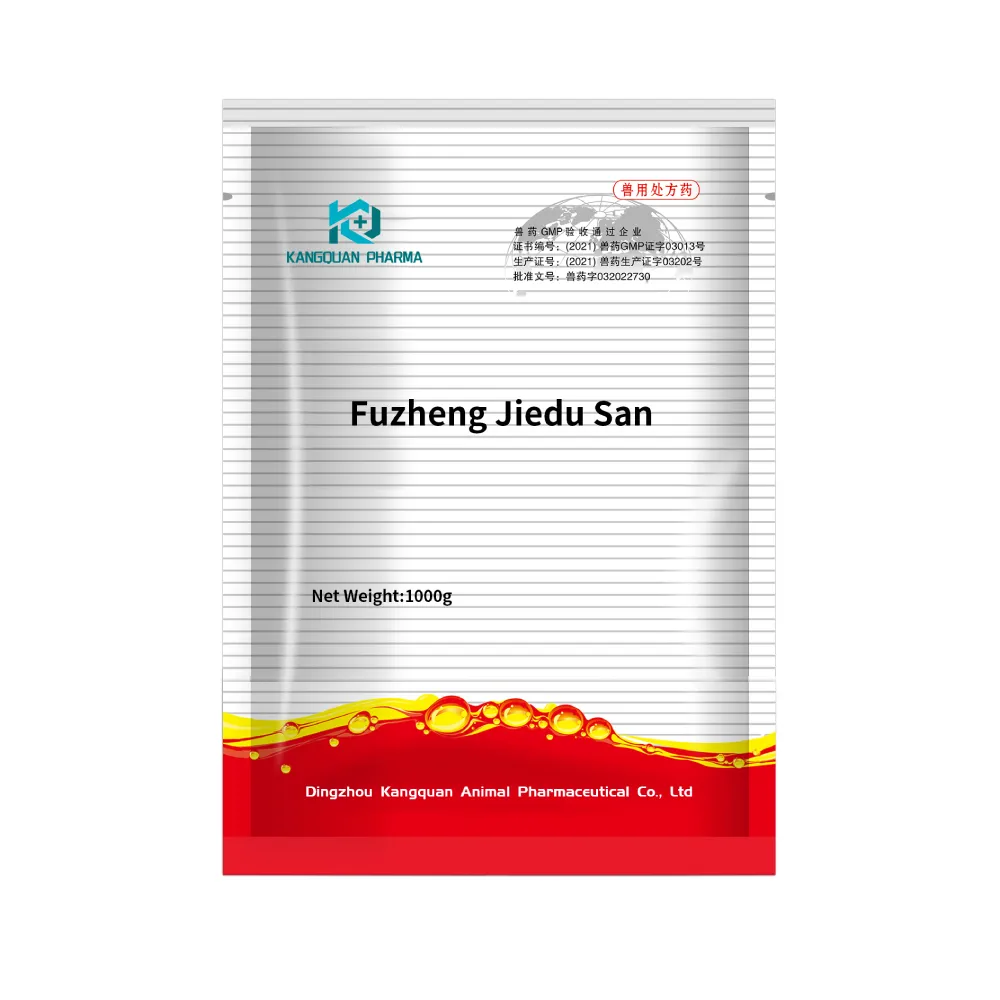- Afrikaans
- Albanian
- Amharic
- Arabic
- Armenian
- Azerbaijani
- Basque
- Belarusian
- Bengali
- Bosnian
- Bulgarian
- Catalan
- Cebuano
- Corsican
- Croatian
- Czech
- Danish
- Dutch
- English
- Esperanto
- Estonian
- Finnish
- French
- Frisian
- Galician
- Georgian
- German
- Greek
- Gujarati
- Haitian Creole
- hausa
- hawaiian
- Hebrew
- Hindi
- Miao
- Hungarian
- Icelandic
- igbo
- Indonesian
- irish
- Italian
- Japanese
- Javanese
- Kannada
- kazakh
- Khmer
- Rwandese
- Korean
- Kurdish
- Kyrgyz
- Lao
- Latin
- Latvian
- Lithuanian
- Luxembourgish
- Macedonian
- Malgashi
- Malay
- Malayalam
- Maltese
- Maori
- Marathi
- Mongolian
- Myanmar
- Nepali
- Norwegian
- Norwegian
- Occitan
- Pashto
- Persian
- Polish
- Portuguese
- Punjabi
- Romanian
- Russian
- Samoan
- Scottish Gaelic
- Serbian
- Sesotho
- Shona
- Sindhi
- Sinhala
- Slovak
- Slovenian
- Somali
- Spanish
- Sundanese
- Swahili
- Swedish
- Tagalog
- Tajik
- Tamil
- Tatar
- Telugu
- Thai
- Turkish
- Turkmen
- Ukrainian
- Urdu
- Uighur
- Uzbek
- Vietnamese
- Welsh
- Bantu
- Yiddish
- Yoruba
- Zulu
9 月 . 16, 2024 11:00 Back to list
Ivermectin Injectable 500ml - Trusted Animal Health Solution
Ivermectin Injectable 500ml A Comprehensive Overview
Ivermectin, a broad-spectrum antiparasitic agent, has gained significant attention in the medical and veterinary fields due to its efficacy and safety profile. One of the available formulations is the injectable solution, particularly the 500ml dosage, which is commonly utilized in various applications, including livestock management and certain medical treatments in humans. This article aims to provide an overview of ivermectin injectable, its uses, dosage, safety, and potential side effects.
What is Ivermectin?
Ivermectin belongs to a class of medications known as avermectins, derived from the bacterium *Streptomyces avermitilis*. It functions by binding to specific channels in the parasites' nerve and muscle cells, leading to their paralysis and death. This mechanism makes ivermectin effective against a wide range of parasites, including nematodes, arthropods, and some ectoparasites.
Uses of Ivermectin Injectable
The injectable form of ivermectin is particularly advantageous for veterinary purposes. It is often used in cattle, swine, sheep, and other livestock to control parasitic infections. By administering ivermectin via injection, farmers can ensure rapid absorption and a more controlled delivery of the drug compared to oral formulations. This is particularly important in large herds where individual dosing can be challenging.
In recent years, ivermectin has also been studied for its potential use in human medicine, particularly concerning parasitic diseases such as lymphatic filariasis, onchocerciasis, and strongyloidiasis. Although the injectable form is more commonly used in veterinary practices, some research has evaluated its efficacy in treatment protocols for certain human conditions.
ivermectin injectable 500ml

Dosage Considerations
The recommended dosage of ivermectin varies depending on the species of the animal being treated and the type of infection being addressed. For livestock, dosage typically ranges from 200 to 500 micrograms per kilogram of body weight. Proper dosage is crucial to ensure efficacy while preventing any potential toxicity. Consequently, it is essential to consult veterinary guidelines and professionals when determining the appropriate dosage for a specific situation.
For human use, ivermectin is generally administered in oral form, although certain clinical scenarios might warrant the use of injectable formulations. It is critical to follow medical advice and approved protocols when considering ivermectin for human conditions.
Safety and Side Effects
Ivermectin is generally well-tolerated, but like any medication, it can have side effects. Common side effects in animals might include mild reactions at the injection site, and in rare cases, gastrointestinal disturbances. In humans, side effects vary and may include dizziness, diarrhea, and rash. Serious adverse effects are infrequent but can occur, particularly with inappropriate dosing or use.
Conclusion
Ivermectin injectable 500ml serves as a vital tool in the agricultural industry, offering effective management of parasitic infections in livestock. While its application in human medicine is still under investigation, ivermectin's significance in treating certain parasitic diseases cannot be understated. As with any pharmaceutical agent, adherence to dosage guidelines and a thorough understanding of its potential side effects are essential for safe and effective use. For both veterinary and potential human applications, ongoing research will continue to shed light on the full spectrum of ivermectin's capabilities and its role in health management.
-
The Power of Radix Isatidis Extract for Your Health and Wellness
NewsOct.29,2024
-
Neomycin Sulfate Soluble Powder: A Versatile Solution for Pet Health
NewsOct.29,2024
-
Lincomycin Hydrochloride Soluble Powder – The Essential Solution
NewsOct.29,2024
-
Garamycin Gentamicin Sulfate for Effective Infection Control
NewsOct.29,2024
-
Doxycycline Hyclate Soluble Powder: Your Antibiotic Needs
NewsOct.29,2024
-
Tilmicosin Premix: The Ultimate Solution for Poultry Health
NewsOct.29,2024













